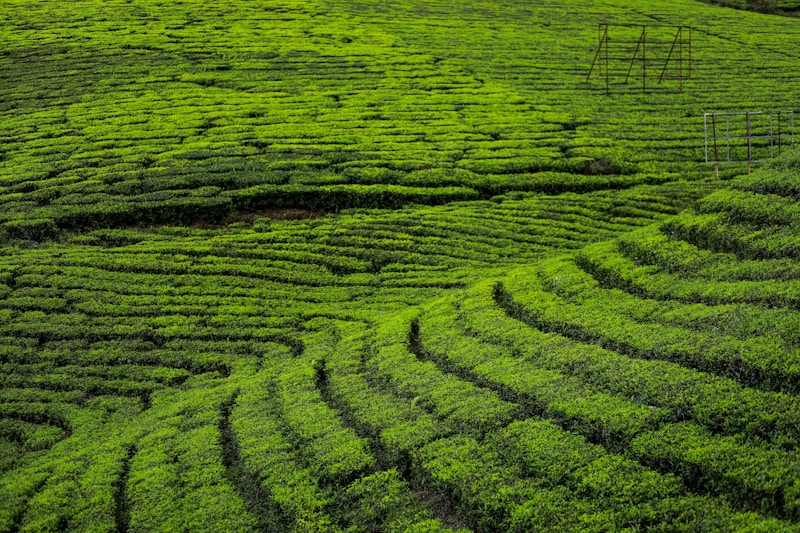12 Questions
What is the frequency of general elections to the Lok Sabha in India?
Every 5 years
Which of the following is NOT mentioned as a key political issue in India?
Technological advancement
What are some of the challenges faced by Indian politics according to the text?
Caste-based conflicts
How often is the President of India elected?
Every 5 years
What is essential for Indian politics to remain grounded in?
Transparency and accountability
Why must India foster a culture of participation, innovation, and inclusion?
To ensure all citizens have a voice in shaping the country's future
Who is the ceremonial head of state in the Republic of India?
President
Which political party in India operates under a parliamentary system based on the British Westminster model?
Indian National Congress (INC)
Who appoints the Prime Minister in India?
President
Which political party in India is known for its ideology of Hindutva?
Bharatiya Janata Party (BJP)
Who is elected by the lower house of parliament (Lok Sabha) to become the executive head in India?
Prime Minister
Which of the following political parties in India has a history associated with socialist principles?
Communist Party of India (Marxist) (CPI(M))
Study Notes
Rajniti: Navigating Indian Politics
Rajniti, a Sanskrit term often used in India, roughly translates to "governance" or "political administration". In this context, we'll explore how the concept of rajniti relates to Indian politics, particularly in the contemporary era.
The Indian Political Landscape
Indian politics is dynamic and complex, characterized by a federal structure, diverse cultural, linguistic, and religious groups, and a vast and diverse electorate. The Republic of India operates under a parliamentary system based on the British Westminster model, with a written constitution. The President is the ceremonial head of state, while the Prime Minister, who is elected by the lower house of parliament (Lok Sabha), is the executive head and the leader of the government. The President appoints the Prime Minister, who then forms the Council of Ministers, which is responsible to the Lok Sabha.
Major Political Parties
There are several significant political parties in India, including the Indian National Congress (INC), the Bharatiya Janata Party (BJP), the Communist Party of India (CPI), the Communist Party of India (Marxist) (CPI(M)), the All India Anna Dravida Munnetra Kazhagam (AIADMK), the All India Trinamool Congress (TMC), the Bahujan Samaj Party (BSP), and the Nationalist Congress Party (NCP).
Election Process
India is a democratic country, and citizens participate in periodic elections to choose their representatives at various levels, including the President, members of the Lok Sabha, members of the Rajya Sabha (upper house), state legislative assemblies, and local bodies. General elections to the Lok Sabha are held every five years, and the President of India is elected once every five years. States have their own election schedules, and assembly elections are held at regular intervals, not necessarily at the same time as the Lok Sabha elections.
Main Challenges
Indian politics faces numerous challenges, including social and economic inequality, caste-based conflicts, ethnic and religious tensions, and the rise of regional parties. The country is also grappling with the challenges of a growing population, environmental issues, and the need for economic reforms to promote growth and inclusion.
Key Political Issues
Some of the key political issues in India include:
- Economic growth and development: Ensuring inclusive economic growth and development, reducing poverty and unemployment, and improving the overall standard of living for all Indians.
- Social justice and equality: Ensuring equal access to education, healthcare, and other essential services for all citizens, regardless of their caste, religion, or gender.
- Religious and ethnic harmony: Promoting religious and ethnic harmony and addressing conflicts that arise from differences in beliefs and identities.
- Environmental protection: Addressing environmental issues such as air and water pollution, deforestation, and climate change.
- Regional development: Ensuring equitable development across different regions of the country and addressing the needs of smaller states.
The Future of Rajniti
As India continues to evolve and face new challenges, it is essential to ensure that rajniti remains grounded in democratic principles, transparency, and accountability. To maintain its status as the world's largest democracy, India must continue to foster a culture of participation, innovation, and inclusion, and ensure that all citizens have a voice in shaping the country's future.
In conclusion, rajniti, or Indian politics, is a dynamic and complex field, characterized by a diverse range of political parties, a federal structure, and a vast electorate. As the world's largest democracy, India faces numerous challenges, including social and economic inequality, caste-based conflicts, ethnic and religious tensions, and the need for economic reforms. However, with a commitment to democratic principles, transparency, and accountability, India can overcome these challenges and continue to foster a culture of participation, innovation, and inclusion, ensuring that all citizens have a voice in shaping the country's future.
Test your knowledge on Indian politics, covering topics such as the political landscape, major political parties, election processes, key challenges, and political issues in India. Explore how rajniti, or governance, is deeply intertwined with the democratic principles and complexities of Indian politics.
Make Your Own Quizzes and Flashcards
Convert your notes into interactive study material.




